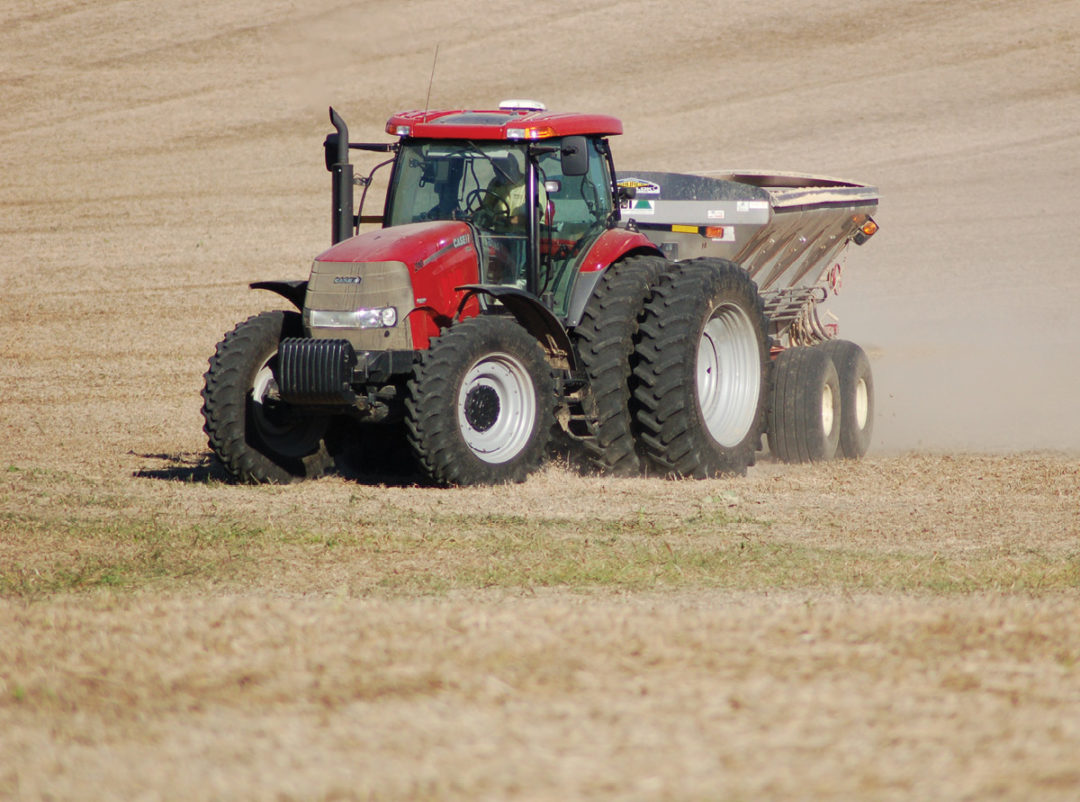No-Till Farmer
Get full access NOW to the most comprehensive, powerful and easy-to-use online resource for no-tillage practices. Just one good idea will pay for your subscription hundreds of times over.

The price tag for phosphorus and potassium is way too high for no-tillers to allow nutrients to tie up, float away or just plain not do their job effectively.
The questions of, ‘How, when, and how much?’ regarding phosphorus and potassium are often dependent on soil types, systems and situations. Some advocate a “build-and-maintain” approach, while others believe in the “feed-the-crop” approach.
But regardless of the system used, fertility and nutrient-management experts have plenty of solid suggestions for no-tillers to consider to get more from P and K.
Well-known agronomist Harold Reetz believes that soil testing must be the cornerstone of any nutrient management program, including making the most of a phosphorus and potassium investment.
“Soil testing is critical,” says Reetz who formed Reetz Agronomics in Monticello, Ill., after retiring from the International Plant Nutrition Institute. “Too many farmers use fertilizer as a put-on, take-off proposition. The important thing is to set up a testing program to establish trends in phosphorus and potash levels.
“For a single 1-year soil test, the time of sampling, weather and other factors can all have a bearing on the results. Soil-test data is much more important over a period of time.
If you’re testing regularly, you can look at two or three tests over a 5-year period, for example, and if phosphorus and potash are dropping, you know you need to build those levels up.”
Reetz advocates building nutrient levels to the point that a maintenance approach to applications can…